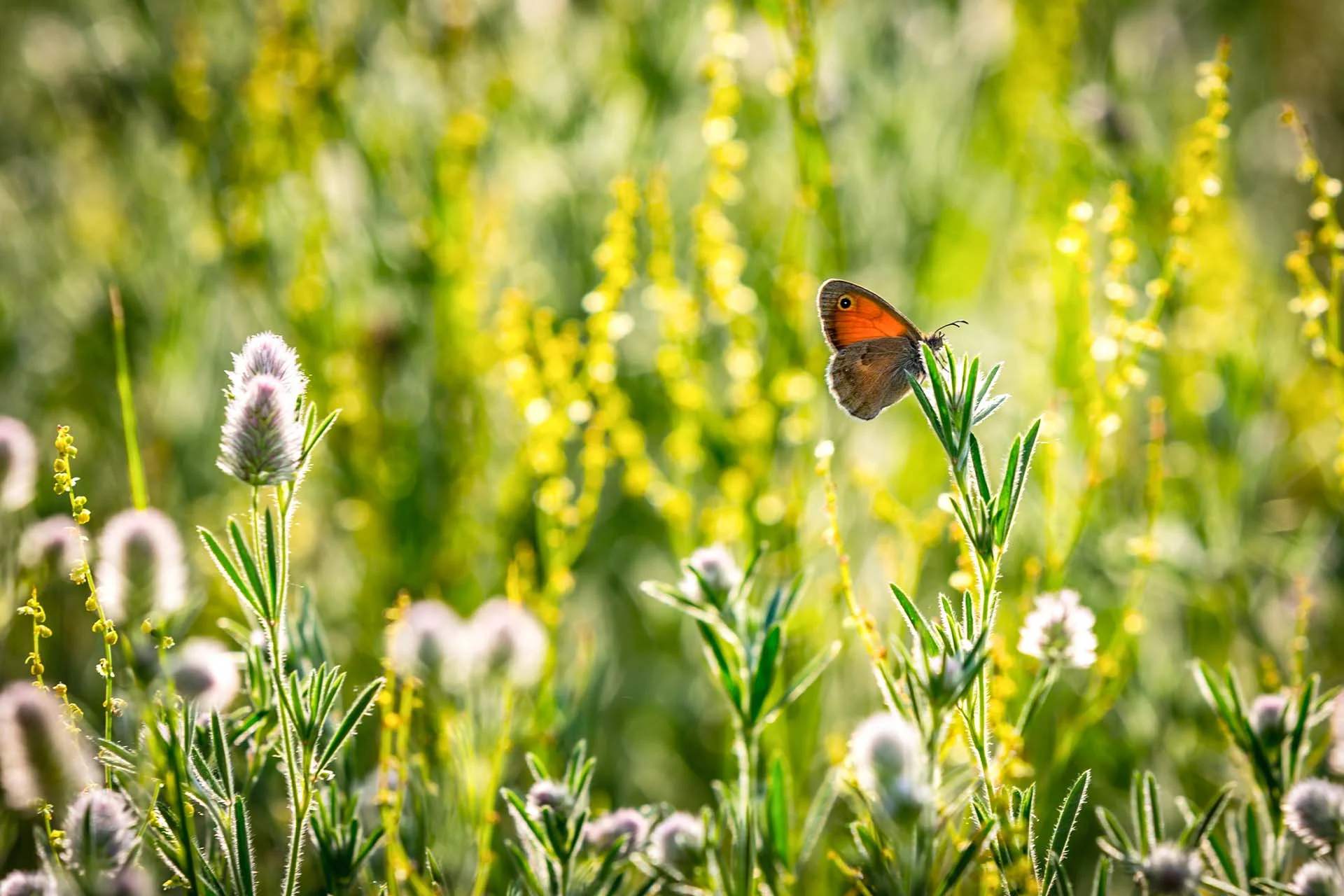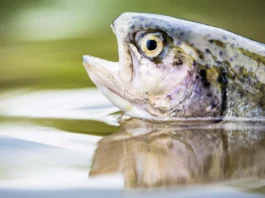When a Mower Is the Problem, Not the Fix
What if fighting heatwaves, water bills, and species loss started with not cutting the grass this weekend? That thought struck Sara Weaner Cooper as she eyed the 16,000 square-foot lawn outside her new Pennsylvania home. Armed with native-plant know-how from her father, ecological designer Larry Weaner, she chose a different soundscape for the neighborhood: wind in waist-high wildflowers instead of a two-stroke engine.
Cooper’s front yard is now a riot of black-eyed Susans and big bluestem. Cars slow for photos. Kids spot monarchs. The only missing piece? The throb of a mower.
Why Turf Is a Trouble Magnet
- Sheer footprint. Grass covers roughly 23 percent of all urban land in the U.S., more than any irrigated crop.
- Resource drain. Traditional lawns gulp fuel for mowing, fertilizer for color, and up to 75 percent of a home’s outdoor water use.
- Biodiversity void. A clipped lawn offers about as much habitat as a parking lot.
Meanwhile, climate-driven droughts hammer city budgets and backyard morale alike. It’s no surprise that a fresh term, meadowscaping, is blooming among younger, climate-aware gardeners.
The Low-Cost Upgrade
Plant ecologist Shishir Paudel at Pittsburgh’s Phipps Conservatory spent six years comparing turf and meadow plots. His team found that once established, a seeded meadow costs seven times less per hectare per year to maintain than grass, thanks to slashed mowing and irrigation needs.
Pennsylvania’s state government took notice. The DCNR “Lawn to Habitat” program now offers technical help, and in some counties, cost-sharing grants to homeowners ready to trade turf for natives. Demand is so high that staff can barely keep up.
Meet the New Front-Yard Neighbors
Converting grass unlocks an instant apartment block for wildlife:
- Pollinators. U.S. butterfly numbers have dropped 22 percent since 2000. Meadows supply nectar waystations along shrinking migratory routes.
- Birds & bats. Seed heads and night-blooming moths turn a meadow into an all-you-can-eat buffet.
- People. Studies link daily nature views to lower stress hormones and sharper focus, benefits Cooper notices whenever her toddler chooses flower picking over screen time.
Getting Past the Awkward Phase
The toughest stretch is months one to eighteen, when seedlings look messy and neighbors wonder if you’ve quit yardwork. Cooper posted a simple sign: “Native Meadow in Progress—Questions? Email Sara.” No one wrote, but the message cooled complaints.
In Toronto, biology professor Marc Johnson used a different tactic: themed micro-gardens (“Butterfly Café,” “Bee Lounge”) inside tidy mulch borders. The small-patch approach still drew monarchs within a year and eventually swallowed his whole lawn.
“In terms of biological activity, a lawn is the least productive of our plantings, yet it is the default landscaping practice in most spaces.” ― Doug Tallamy
A Climate Shield You Can Walk Through
King’s College, Cambridge, sliced its 300-year-old quad in half, half grass, half meadow. Sensors showed the meadow side reflected 25 percent more sunlight, a built-in umbrella against heatwaves. Deep-rooted natives also shrugged off drought weeks that browned adjacent turf.
Out West, water math tells a similar story. The Southern Nevada Water Authority’s xeriscape rebate shows homeowners cutting outdoor water use by roughly 30 percent (about 96,000 gallons a year) after removing grass.
Your Four-Step Meadow Blueprint
- Map sun and soil. Full-sun plots suit prairie mixes; shadier corners crave woodland sedges.
- Hit 70 percent natives. Local nursery staff or state extension offices can list plants that host caterpillars and survive your zip code.
- Choose a kill method.
- Slow: Solarize turf under clear plastic for one hot month.
- Fast: Strip sod or spray vinegar, then top-dress with compost.
- Seed smart, mow once. Broadcast seed in late fall so winter chills break dormancy. Mow the first summer to four inches to clip weeds without harming seedlings.
Time-crunched? Plug in quart-size perennials on two-foot centers. You’ll spend more up front but hit picture-perfect height by September.
Money Talk
| Expense | Traditional Lawn (per yr) | Native Meadow (per yr) |
|---|---|---|
| Water & irrigation | $250 | $75 |
| Fuel/maintenance | $140 | $0 (no mower) |
| Fertilizer & chemicals | $90 | $0 |
| Total | $480 | $75 |

Common Hurdles, and Easy Fixes
| Challenge | Quick Fix |
|---|---|
| Neighbor complaints | Install a mowed border or flagstone path to signal intent. |
| Invasive weeds | Patrol monthly; pull before seed set. |
| Fear of ticks | Keep a two-foot mulch perimeter against the house; encourage predatory spiders and fireflies that thrive in meadows. |
Beyond Your Fence
City planners are scaling up the same idea with bioswales, shallow, plant-filled trenches that drink storm surges before they reach sewers. Johnson copied the tactic for a soggy ditch on his property; water disappears halfway down the trench after heavy rain.
Cities are increasingly looking to meadows as a tool for cleaner air. Tall grasses and other vegetation help trap particulate matter, while roadside plantings can dramatically reduce pollution reaching nearby homes.
Ready to Trade Grass for Good?
- Set a micro-goal. Convert one sunny 10×10 foot patch this fall.
- Record the buzz. Log each new insect or bird species, proof points that spark wider change.
- Share your why. Post yard signs, social reels, or host a seed swap. Movements spread at eye level.
“Where flowers bloom, so does hope.” ― Lady Bird Johnson
So, mower or meadow? The next time you hear a neighbor crank up their lawn tractor, imagine the hum of bees instead, and picture your street as a living corridor that cools summers, saves money, and feeds the sky. All it takes is one yard to start the bloom.
Have you flipped part of your lawn? Tell us what surprised you most in the comments below.




